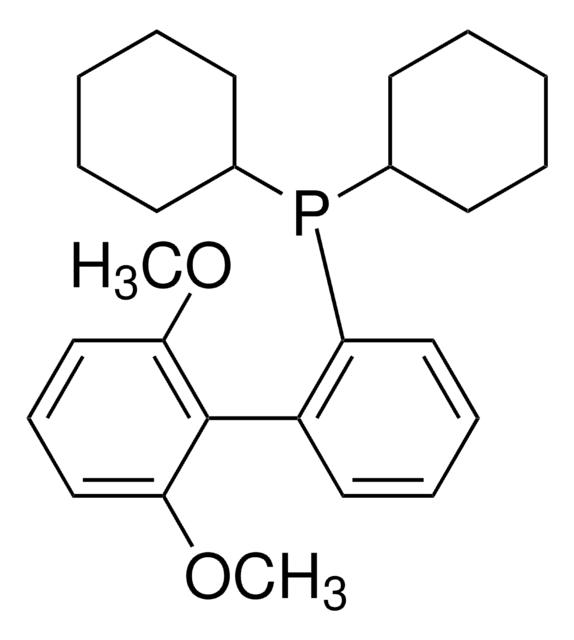Kluczowe dokumenty
777099
Gold nanoparticles
15 nm diameter, OD 1, stabilized suspension in 0.1 mM PBS, reactant free
Synonim(y):
Gold Nanoparticle, Au NP, Gold colloid
About This Item
Polecane produkty
Poziom jakości
Formularz
nanoparticles
suspension
stężenie
~1.64E+12 particles/mL
OD
1
średnica
15 nm
λmaks.
516-520 nm
temp. przechowywania
2-8°C
ciąg SMILES
[Au]
InChI
1S/Au
Klucz InChI
PCHJSUWPFVWCPO-UHFFFAOYSA-N
Szukasz podobnych produktów? Odwiedź Przewodnik dotyczący porównywania produktów
Zastosowanie
This extensively purified material is reactant free and monodisperse (<12% variability in size and shape); and provides significantly improved surface reactivity. Applications include Surface Enhanced Raman Labels; Sensing/Detection; Biological Targeting; Plasmonics and Electronics.
The removal of reactants means that further growth of the nanoparticles is also inhibited leading to a longer lasting material.
Informacje prawne
Kod klasy składowania
12 - Non Combustible Liquids
Klasa zagrożenia wodnego (WGK)
nwg
Temperatura zapłonu (°F)
Not applicable
Temperatura zapłonu (°C)
Not applicable
Wybierz jedną z najnowszych wersji:
Masz już ten produkt?
Dokumenty związane z niedawno zakupionymi produktami zostały zamieszczone w Bibliotece dokumentów.
Klienci oglądali również te produkty
Produkty
Steven J. Oldenburg, Ph.D. provides an overview of lateral flow diagnostic assays and discusses the use of ultra-bright reporter particles based on the unique optical properties of gold nanoshells that significantly increase the sensitivity of lateral flow immunoassays.
Nasz zespół naukowców ma doświadczenie we wszystkich obszarach badań, w tym w naukach przyrodniczych, materiałoznawstwie, syntezie chemicznej, chromatografii, analityce i wielu innych dziedzinach.
Skontaktuj się z zespołem ds. pomocy technicznej



